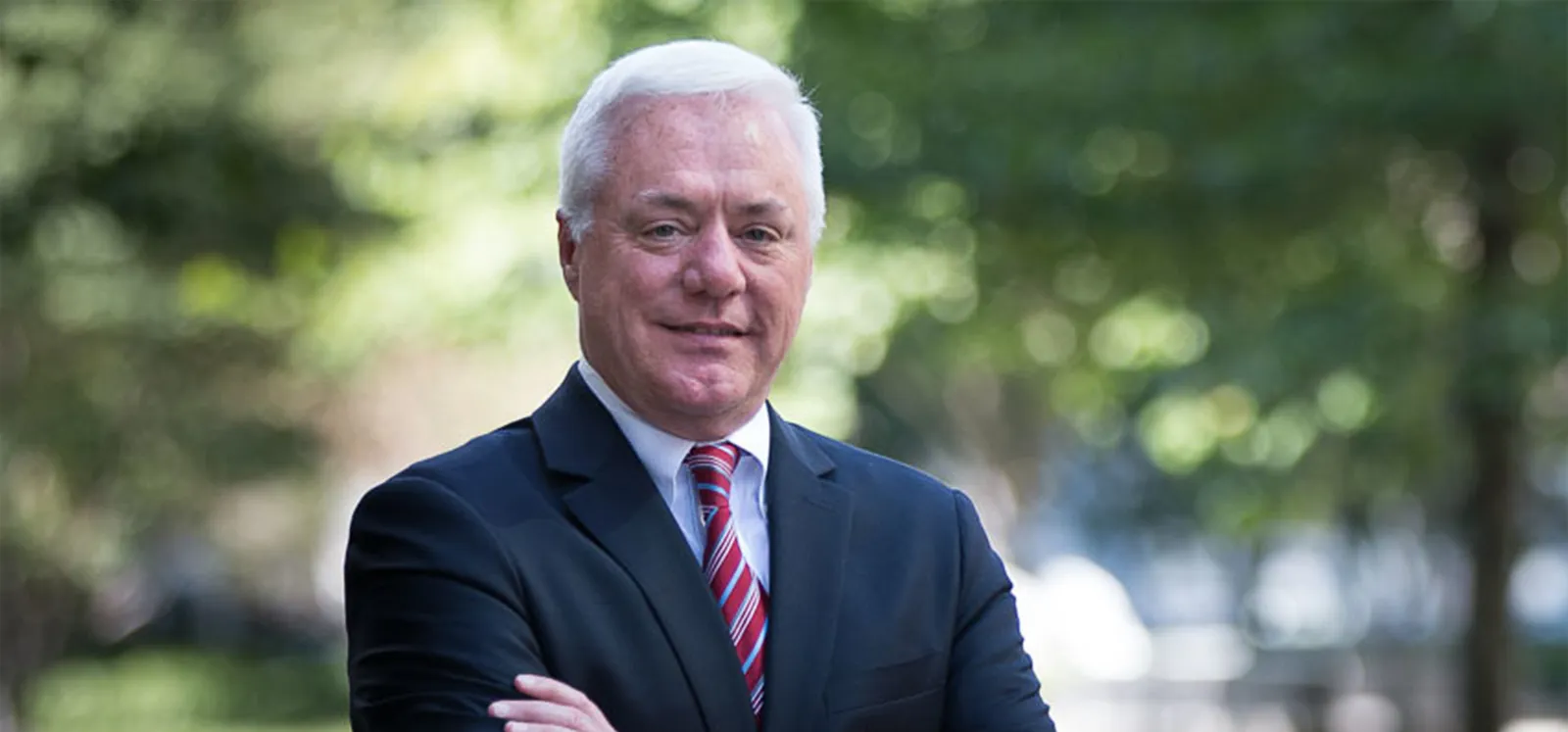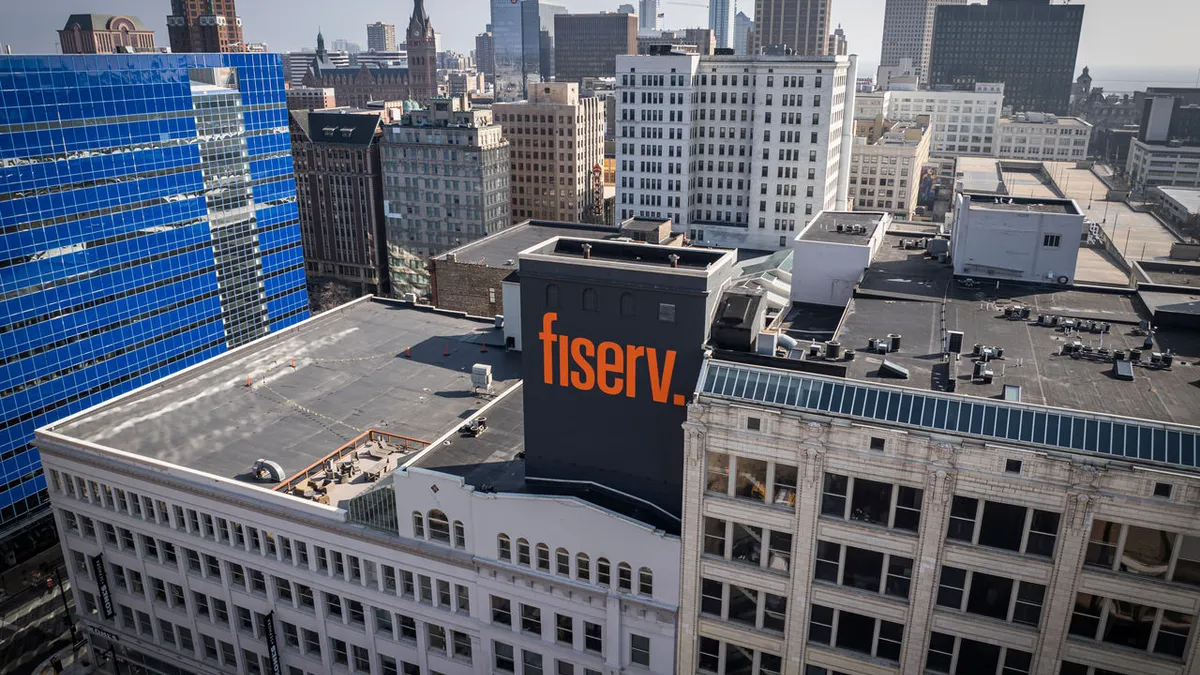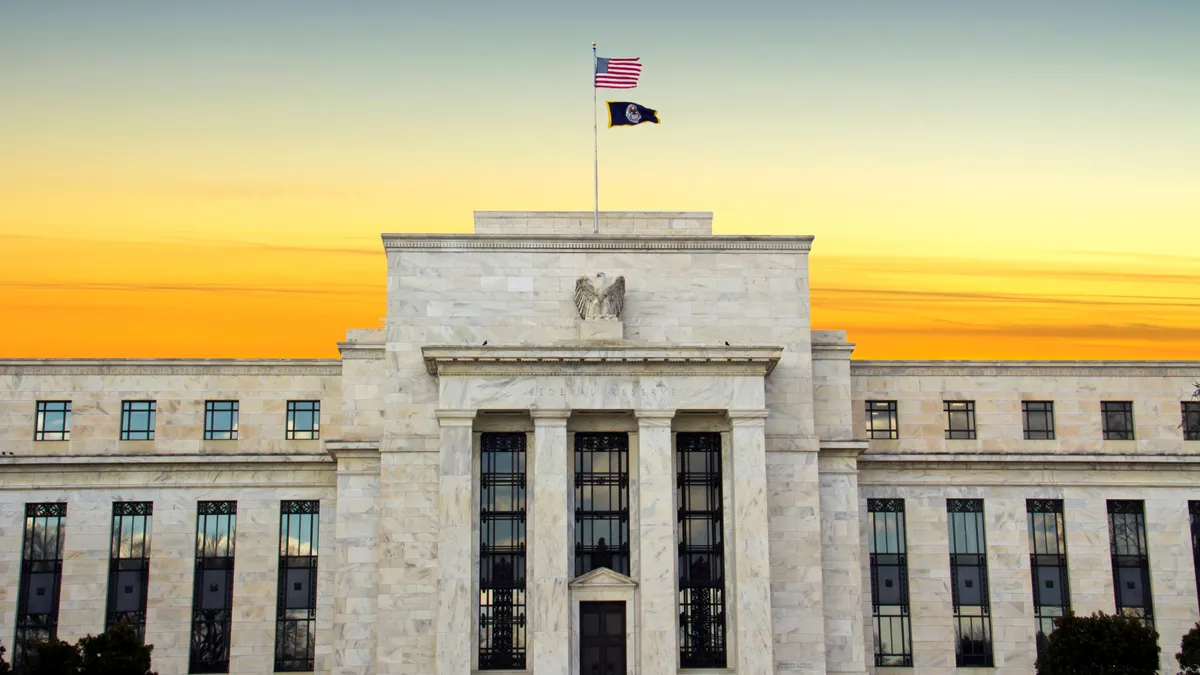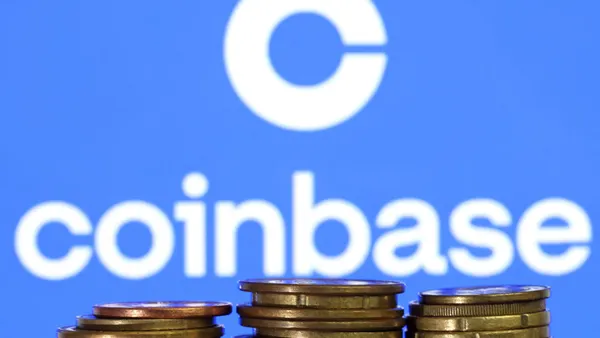The Federal Reserve’s long-anticipated real-time payments system, FedNow, is scheduled to go live next year.
Yet businesses and consumers will probably have to wait years before they can rely on ubiquitous U.S. instant payments, according to industry professionals who have been involved in the project.
The new bank-to-bank payment rail aims to modernize the U.S. payments system and increase its efficiency by allowing payments to be sent and received in seconds instead of days. That eliminates credit risk tied to time lags and allows businesses and consumers to spend and invest their money sooner.
The U.S. trails a host of countries in implementing a real-time system. Such transactions accounted for less than 1% of payments volume in the U.S. last year compared with a 5.7% share in China, according to an April study by payments processor ACI Worldwide in collaboration with the Centre for Economics and Business Research.
That means the U.S. captured just $1.35 billion in macroeconomic benefits from real-time benefits while China netted $18.65 billion in benefits. China and emerging countries such as India and Brazil are racking up the advantages from real-time payments while Western nations, particularly the U.S., are missing out, according to ACI.
“The U.S. market, relatively speaking, is quite far behind other markets,” said Andrew Gomez, a managing consultant at Lipis Advisors in Berlin.

Moving beyond RTP
The existing private U.S. real-time system, called the RTP Network, has caught on only slowly since it unfurled in 2017. FedNow is aimed at building on that young system, which is sponsored by the big banks through The Clearing House.
To expand real-time services, FedNow is engaging thousands of small U.S. banks that have been leery of using the RTP service offered by their larger rivals.
“There's still a feeling in the marketplace that a system offered by TCH would somehow disenfranchise community financial institutions and credit unions, and so there was a big lobbying effort by those constituents to the Federal Reserve to create it,” said Peter Tapling, a payments industry consultant who has worked for payments companies, including Zelle.
The federal government always prefers two operators in any essential U.S. services sphere, said Tapling, who has held leadership posts on the Faster Payments Council.
“Because payments are so central to the U.S. economy, the Federal Reserve looks at it and says: ‘As a matter of resilience, it would be good to have two capabilities for instant payments in the marketplace,’” he said.
FedNow will always be on
Businesses and other entities will be able to instantly send as much as $500,000 through the 24-hour FedNow system, seven days a week and 365 days a year. That’s not as much as the $1 million that can flow through the RTP Network, but FedNow is expected to mirror RTP’s services eventually.
RTP isn’t the only system shooting money far and wide in seconds. Zelle and Visa Direct do so as well, but they cater to consumers and generally move smaller amounts.
FedNow is about jump-starting wider use of instant payments in a way that only the federal government can, throwing its weight behind expanding a speedier, next-generation payments system for the U.S.
In 2010, the fastest way to move money from New York to London on the same day was to fly it there yourself. But now, just over a decade later, real-time payments make it happen, JPMorgan Chase said in its “Payments are eating the world” report last year. Not only can the funds be there in seconds, it costs less to send them, the bank noted.
The Fed embarked on improving the U.S. payments system in 2015, creating the Faster Payments Task Force and drawing in industry players.
By 2017, the biggest U.S. banks were ready to launch RTP without the federal government, and the task force morphed into a new industry member organization, the Faster Payments Council, that today is still egging on broader adoption of a “world-class payment system” in the U.S.
Fed staff drives project
Enter FedNow. Leading the charge is Kansas City Fed President Esther George, who oversees the Fed’s payments improvement initiatives. Staff executive Ken Montgomery, of the Boston Fed, was appointed to head the FedNow effort in 2019. His Boston Fed colleague, Nick Stanescu, is senior vice president for FedNow. Connie Theien, a senior vice president at the Chicago Fed, has also played a pivotal role in pitching the program.

“We’re spending a lot of time reaching out broadly to the ecosystem,” Theien said in a taped May update on the project.
Some 80 financial institutions and 40 services providers, from payments software vendor ACI to processor Fiserv to financial technology company Jack Henry & Associates, have jumped into the effort, forgoing compensation for the benefit of being at the ground level shaping FedNow. As part of a pilot program, they’re not only aiding in development and testing of FedNow but also dreaming up real-time payments use cases.
For instance, community banks might benefit by accepting real-time payments from Uber and Grubhub drivers depositing digital wages at their local institutions, said Tede Forman, Jack Henry’s vice president of payment solutions.
A pair of Fed surveys querying consumers and businesses separately about their interests in faster payments showed a majority of both favor faster options, the Fed said in press releases. Businesses are mainly interested in access to funds for payroll and paying suppliers, while consumers are focused on having more control of their money and paying bills.
Real-time payments could also help low-income workers get more immediate access to their wages and avoid check-cashing fees, said Craig Ramsey, ACI’s head of real-time payments. He recounted a conversation he had in New Orleans on the sidelines of a city council meeting this year where he was told how much money the poor lose in cashing checks. He said a real-time payment alternative could amount to a 25% pay raise.
“That makes a difference to people,” Ramsey said. “And I think that that's where we can really see real-time payments making a difference in the U.S. It could modernize payments. It could reduce the cost of payments, and it can really change people's lives.”
Despite FedNow’s marketing efforts, it has been less eager to discuss the project with the media. Repeated Payments Dive requests for interviews with FedNow officials were declined. Spokespeople also declined to answer basic questions about the leadership, cost and progress of the initiative, other than to reference prior press releases.
While Theien said in her update that FedNow is on schedule to launch next year, industry professionals say that the project has encountered delays.
“It’s probably going slower than they would like, but with any large effort like this, making sure you connect all the dots and developing a solution that is there long-term takes time,” Forman said.
Big bank resistance
Ultimately, consumers may be reluctant to ditch their reward-producing credit cards for real-time payments. Americans are good at introducing new payment types, but bad about letting old ones go, Ramsey said. “You can't just build rails, and expect people to come,” he said.

Some take an even more cynical view, noting that banks profit handsomely from issuing credit and debit cards and have little incentive to support real-time payments.
“The problem we have in the United States is that the incumbents don’t really want the faster, better, cheaper payments system,” said Jim Angel, a Georgetown University professor who served on the Faster Payments Task Force.
Meanwhile, the current payment system is exacting a heavy 1% to 3% toll on the country’s gross domestic product through the additional expense of printing, swiping mechanisms, delays and fees, he said.
For its part, The Clearing House isn’t happy about the coming competition from the rival government-backed FedNow system, even though the Fed has said its pricing will be similar to that of RTP.
And that FedNow pricing strategy isn’t likely to spur significant new adoption, say critics of the approach.
Although FedNow has a leg up on RTP in that it already has relationships with banks nationwide that will smooth the way for real-time payments, its pricing isn’t attractive, said Payrailz CEO Fran Duggan, whose company is working with FedNow on the design of its system.
“I would strongly encourage them to look at lowering that price to really move transactions onto that platform,” Duggan said. To be successful, FedNow has to displace other payment types in the U.S., he said.
Angel notes that FedNow’s tentative pricing appears to be more expensive than that of Europe’s real-time payments system. He searched for information on the cost of FedNow to better understand its pricing and came up empty-handed, so he sent a Freedom of Information Act request to the federal government this month seeking information.
His hunch is the Fed is trying to avoid stirring up trouble by undercutting RTP’s pricing. “The Fed is scared of the big banks because the big banks have a lot of lobbying power,” Angel said.
A Fed spokesperson declined to comment on questions about the cost of FedNow.
“The more people who use a network, the more valuable the network becomes,” Angel said in a follow-up email. “If the Fed really wants faster payments to take off, they should be pricing them as cheaply as they can so there is no reason NOT to use instant payments.”
FedNow snags
Despite FedNow’s many private partners on the project, Angel and others fret over what he calls the “last-mile problem.” That refers to the lack of real-time functionality at point-of-sale devices and the lack of connections to other payment tools, depriving the system of ubiquity. “The big elephant in the room is the last-mile problem,” he said.
That’s tied to another hurdle — namely, creating FedNow interoperability with other systems. Despite its adherence to the international ISO 20022 standards, FedNow may not be in sync with other payment systems, such as RTP — let alone other countries’ systems. That’s because FedNow’s data fields may not be organized like those of other systems, Gomez said.
“There’s been very little talk about when The Clearing House and the Fed, and even if, they will work together to create interoperability between their two systems,” Gomez said.
So while big banks may take on the expense of connecting to both systems, smaller banks may not, creating lapses in the overall grid that result in “friction” for transactions.
Solving the interoperability issue may take another five years, Tapling estimated, adding it may take 10 to 15 years to integrate real-time payments at point-of-sale terminals.
Facing down fraud
Another consumer concern is ensuring that instant payments don’t result in instant fraud. Consumer advocates are already sounding the alarm about that FedNow landmine.
In a May press release, the National Consumer Law Center (NCLC) bemoaned FedNow rules that failed to shield consumers from the kind of scams that have been widespread on peer-to-peer payments system Zelle.
“The coming FedNow service will prevent instant payments from being controlled by the largest banks, but fraud protection is critical and is sorely missing,” said Lauren Saunders, associate director at the NCLC. “The Fed must take measures before FedNow launches to ensure that it does not become a haven for fraud.”
If the Fed gets FedNow right, a more robust real-time payments system could bolster the U.S. economy, speeding up commercial payments and supporting further fintech innovations.
If it doesn’t, the country could slip further behind other countries in making real-time payments progress — namely, India, Thailand, Brazil and South Korea. That could position the U.S. poorly in the future for eventual real-time cross-border transactions.
Ultimately, the U.S. could triple its economic benefits from real-time payments by 2026 if use of instant payments climbs to 3.8% of the nation’s payments flow, as predicted by ACI.
“Anything we can do to bring down the cost of payments basically benefits the whole economy,” Angel said.





















